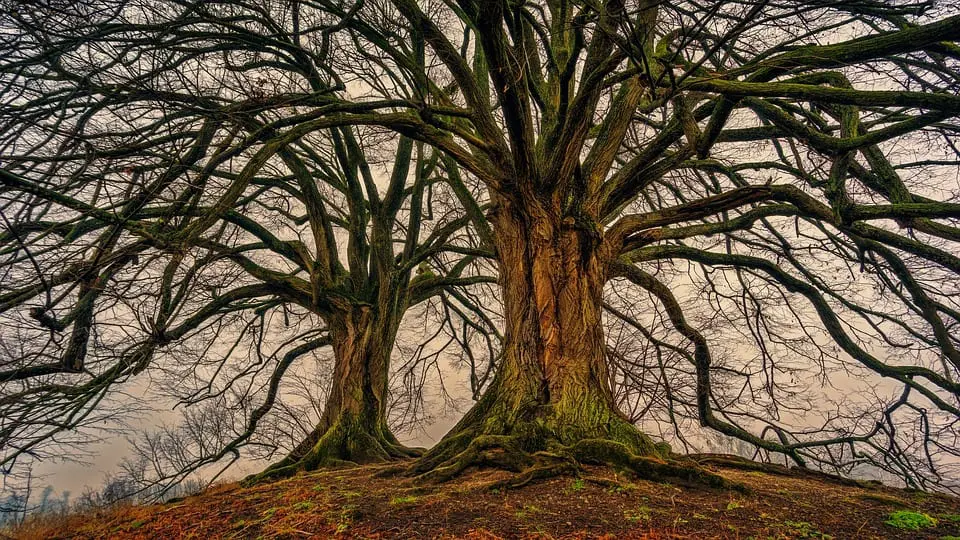Have you heard of mother trees? Although you may think that they could perfectly be part of a story, the reality is that they are plants that really exist. In fact, if you have ever been to a forest you may have come across some specimens.
How to distinguish them from other plants? Very simple: because of the “wrinkles” of its trunk and branches, because of its extended crown, because of the space it occupies; ultimately, for its longevity.
Until now it was thought -and even today this thought is deeply rooted- that each plant based its survival on the basis of its individual capacities; that is to say, that the fact of, for example, surviving a storm depended solely and exclusively on them, which is not entirely true, not in their natural habitat.
Beneath the forest floor is a network of roots belonging to many different tree species. Each of these species does everything possible to get the amount of water that corresponds to it, but they also pass on valuable information as well as nutrients to help their congeners .
Undoubtedly, the most important specimen is the mother tree ; Not surprisingly, it is the one that usually provides the most shade (which will be well used by the youngest trees), the one that can protect the most from strong winds, and also, the one that can send more food to others. Without the mother tree, the new generation will have a hard time getting ahead; hence it is so important not to cut it down, ever.
Image – Wikipedia/Aso Nihad
Trees create communities that protect them . It is not up to human beings to prevent it, and even less knowing that without the oxygen they expel into the atmosphere, the air we breathe could not be as relatively clean as it is today.
To finish, I am going to recommend a book that, if you love trees, you will surely like it too: The Secret Life of Trees , by Peter Wohlleben. It is not just any book: it is a book written based on scientific studies, which makes it even more interesting.
